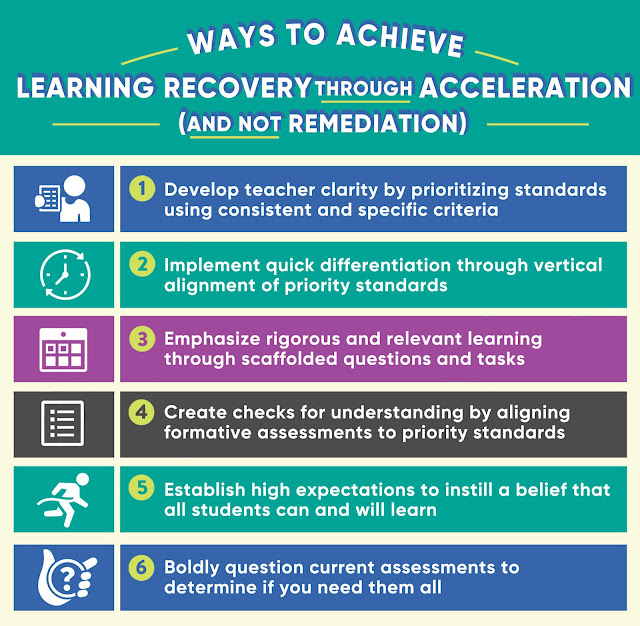The pandemic gave many of us a great deal of time to engage in projects both personally and professionally. For me, in the case of the latter, that was writing a new book. My challenge and motivation were to create a teacher-facing resource that would also be applicable to administrators, instructional coaches, and other educators who actively work in schools. I am so proud to introduce Disruptive Thinking in Our Classrooms: Preparing Students for Their Future which is now available on Amazon.
The world has and continues to change in ways that are difficult to predict. All one has to do is look at the combined impact of the COVID19 pandemic and the 4th Industrial Revolution. Regardless of the forces at hand, educators play a pivotal role in preparing students for success now and in the future. In this book, my hope was to make a compelling case that the best way to do this is to create a disruptive thinking culture in the classroom and beyond. Here is a short excerpt from Chapter 1:
If we are to develop students who think disruptively, we must examine and reflect on our current teaching and learning practices. We, too, must become disruptive thinkers, which I define as: replacing conventional ideas with innovative solutions to authentic problems.
It’s time to challenge the status quo when it comes to teaching and learning in our classrooms. Our learners—and their future in a bold new world—depend on it and us.
The premise of it is simple yet powerful. It’s time to future-proof learning for ALL kids. Broken into four parts, this book combines stories, insight from thousands of school visits, practical strategies, research, lessons from the pandemic, and examples from classrooms to assist educators in transforming their practice. The parts are:
- Re-thinking “normal”
- Re-thinking learning
- Re-thinking the learner
- Re-thinking our mindset
Each chapter ends with a “disruptive challenge” designed to do just that: challenge educators to disrupt in some way their current thinking or professional practices. I am really excited about these and think readers will find great value in them as they will encourage them to actively apply concepts and share results on social media using #DistruptiveThink.
Readers will develop and understand that….
Disruptive change is the new normal. As such, our mindset and practice must evolve to future-proof learning in ways that help students develop meaningful competencies critical for success in an unpredictable world.
Comfort is the enemy of growth. We must critically evaluate if the way things have always been done in the classroom sets learners up for success now and in the future. Improvement in all we do is a never-ending journey.
Learning is a process, not an event. It requires educators to develop and utilize instructional practices and pedagogical techniques that meet the unique needs of all students.
Outlying practices play a key role in the development of disruptive thinking. Some have increasing value while others do not. It is up to educators to find the right blend of these strategies to empower learners.
Packed with ready-to-use ideas and embedded resources, including the latest digital tools, templates, and artifacts from real classrooms, readers will learn….
- Why a mindset shift is essential in order to prepare learners for an unpredictable world
- How to implement strategies that focus on developing critical competencies
- How to ensure equity through personalization
- What to reflect on to improve and build powerful relationships
Below is a small snapshot of what people are saying about the book. To see all of the endorsement quotes, click HERE.
This book is an informed reflection from an educator whose experience as a teacher, principal, instructional coach, and persistent learner enables him to affirm the life-shaping potential of teaching even as he chafes in the face of its time-weary practices. Sheninger invites readers to join him in seeking answers to the question, “What makes a classroom become an incubator for student capacity, engagement, and empowerment?” The book reads like a conversation with a worthy colleague as it invites us to reconsider virtually every aspect of teaching. If you have an inkling that getting better at what we do is a non-negotiable for dedicated professionals, join the author as he probes the status quo and provides practical guidance for changing to address the changing needs of the young people in our care.
Carol Ann Tomlinson, Ed.D., William Clay Parrish, Jr. Professor, University of Virginia
This book will disrupt your day–it will challenge your thinking, and it will demand reading every page. The nuggets are there: it asks you to adopt business as unusual, the aim is growth, not perfection, and there are no rabbit holes of fluff. Eric Sheninger captures a method for dealing with the unknown, for making the future the present, and invites consideration of the competencies to make learning lovable for teachers and their students.
John Hattie, Emeritus Laureate Professor, Melbourne Graduate School of Education
Eric Sheninger will help you shift your own mindset and the mindset of your students with this powerful, practical work.
Daniel H. Pink, New York Times bestselling author of WHEN, DRIVE, and TO SELL IS HUMAN
My hope is that anyone reading this book will walk away both inspired and with practical strategies to empower learners to think disruptively in any classroom or school. All of the resources are curated using Google Docs, so they will ways be up to date. I am proud to have partnered with ConnectEDD to publish this book. They offer fantastic bulk discounts, making it perfect for district or schoolwide book studies or empowering the masses.
Contact them HERE for more information.



